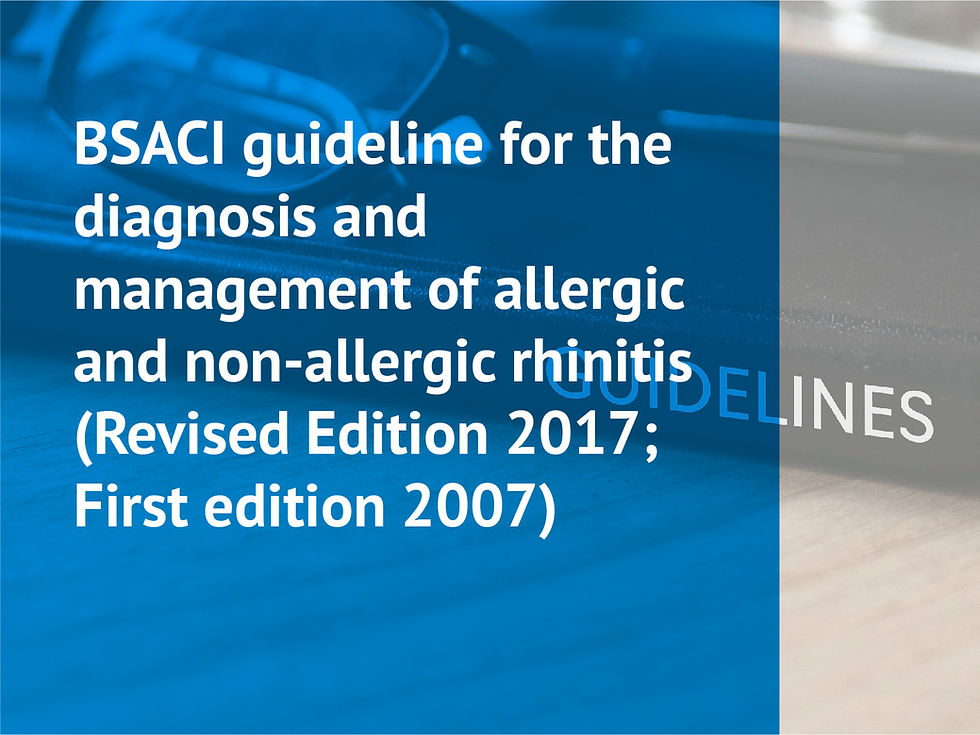2016 updated EULAR evidence-based recommendations for the management of gout
- yatidxm
- 27 Jun 2021
- 1 menit membaca
Diperbarui: 4 Jul 2021
Gout is a disabling and common disease in Europe; its prevalence ranges from 0.9% to 2.5% depending on the country.1–3 The prevalence and incidence of the disease have increased steadily in recent years, particularly in the UK.4 5 However, despite effective treatments, gout is still often misdiagnosed and its management remains suboptimal.367 This situation prompted the elaboration of the first European League Against Rheumatism (EULAR) recommendations for the management of gout, in 2006, which were based on a systematic literature review (SLR) and expert opinion.8 Since 2006, our knowledge of the pathophysiology of the disease has improved greatly9 10 and the field of gout management has advanced quickly. When the first EULAR recommendations were produced, the number of drugs available for gout treatment was limited and the main uratelowering therapy (ULT) was allopurinol. Since then, a number of new drugs have become available or are in late-stage development (ie, febuxostat, pegloticase, interleukin-1 (IL-1) blockers, lesinurad).11 12 Moreover, additional data on established drugs such as colchicine13 and allopurinol14– 16 have been published, and studies have repeatedly identified increased cardiovascular mortality with gout.17 Therefore, the indications for old and new drugs need to be clarified and novel therapeutic strategies recommended on the basis of their availability, the patient profile, previous drug failure and benefit/ risk ratio as well as the cost of the various drugs now available for the treatment of flare and for lowering urate levels. For this purpose, a task force was convened to update the 2006 EULAR recommendations for the management of gout, with the objective of addressing all overarching principles and individual recommendations by a SLR and expert and patient opinion.





